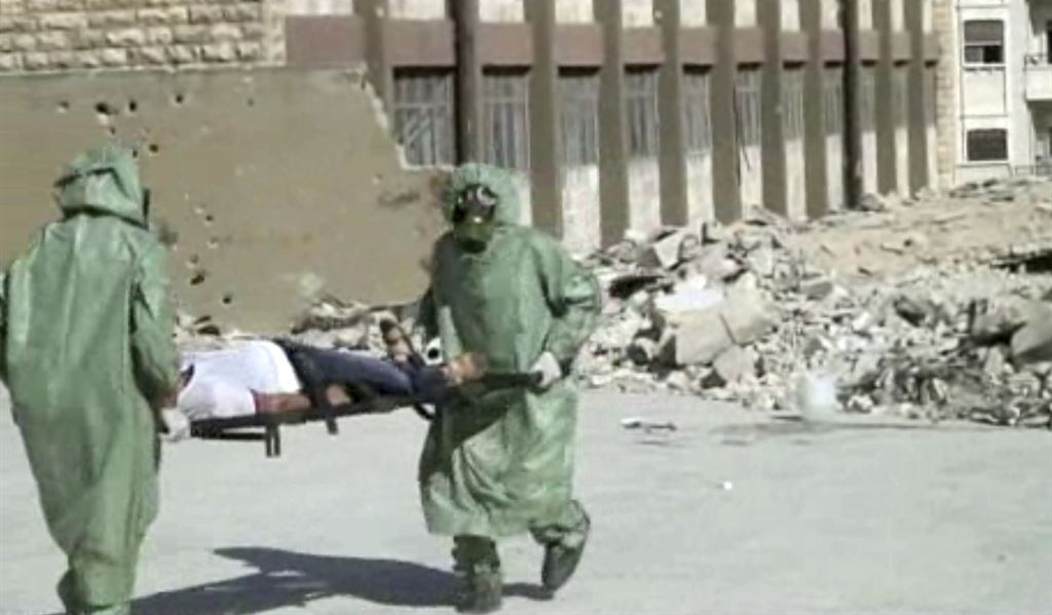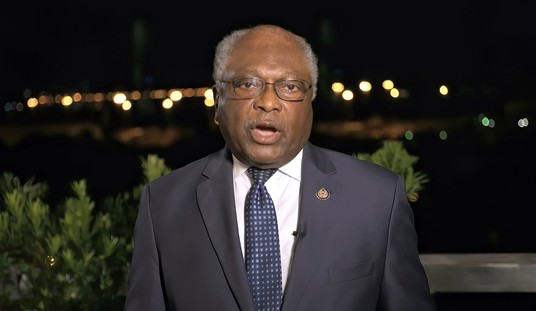The Airbus A300 was supposed to be on a short flight across the water to an affluent tourism center.
There were 290 people on board.
In the first few minutes of the flight, a Defense Department report would later explain, the Airbus followed a regular commercial air corridor, climbing toward an assigned altitude of 14,000 feet.
But at 13,500 feet there was an explosion -- and the plane fell into sea. All on board were killed.
President Ronald Reagan, as the Associated Press reported that Fourth of July weekend in 1988, soon issued a written statement.
"This is a terrible human tragedy," Reagan said. "Our sympathy and condolences go out to the passengers, crew and their families."
But that did not placate the Iranians.
The USS Vincennes -- operating in the Strait of Hormuz at the foot of the Persian Gulf -- had fired two missiles at Iran Air Flight 655, while also engaged with a number of Iranian gunboats. The captain of the Vincennes mistakenly believed he was taking down an Iranian F-14.
Tehran Radio, as reported by Reuters, broadcasted Iran's immediate reaction.
"We will not leave the crimes of America unanswered," it said. "We will resist the plots of the Great Satan and avenge the blood of our martyrs from criminal mercenaries."
Five months later, Pan Am Flight 103, a 747 packed with Americans heading home for Christmas, took off from London's Heathrow Airport heading toward New York.
As it flew over southern Scotland, a bomb exploded in its cargo hold. A Scottish court later concluded this "explosive device" had been "contained within a Toshiba radio cassette player in a brown Samsonite suitcase along with various items of clothing."
The 747 dropped 31,000 feet to the ground. All 259 people on board were killed. So, too, were 11 more in the Scottish town of Lockerbie.
Did the Iranians do it? Was this their murderous revenge for the accidental downing of Flight 655? Did their Syrian allies help them?
Recommended
On Nov. 15, 1991, The New York Times retrospectively summarized the initial thinking on the attack: "For more than a year investigators had pursued a theory that the bombing was ordered by Iran and carried out by a Syrian-based terrorist group in retaliation for the mistaken downing of an Iranian airliner by a Navy warship in the Persian Gulf in 1988."
But meticulous investigators did not stop seeking the truth.
A posting on the CIA's online museum explains how a crucial piece of evidence discovered on the ground in Scotland helped prove that Libya -- not Syria and/or Iran -- was responsible for the attack.
"In 1989, months after the plane crash and end of the formal recovery effort, a piece of scorched shirt was discovered," says the CIA posting. "The piece contained a fragment of circuit board that the heat of the explosion had fused into the shirt's polyester fabric.
"The Scots photographed the circuit-board fragment and gave a photo to the FBI," it says, "who passed a copy to the CIA where a Directorate of Science & Technology (DS&T) electronics expert observed two things that reminded him of a device he had seen before -- a timer from an earlier Libyan terrorist attack. Further analysis confirmed that the fragment exactly matched part of a timer circuit manufactured specifically for the Libyans."
In November 1991, the United States and Scotland indicted alleged Libyan agents for the attack on Pan Am 103.
"I want to make some things clear from the outset," State Department spokesman Richard Boucher said the day the indictments came out. "The bombers were Libyan government intelligence operatives. This was a Libyan government operation from start to finish."
When President George H.W. Bush was asked by reporters about the Libyans being indicted for the Pan Am 103 attack, he said: "Syria has taken a bum rap on this, it appears."
In response to the attack on Pan Am 103 -- an indisputable act of war against the United States -- Congress would have been justified in authorizing the use of force to overthrow the regime of Libyan dictator Moammar Gadhafi. Instead, the U.S. worked to isolate Gadhafi and encircle him with sanctions.
After the U.S. invaded Iraq in 2003, Gadhafi gave up his weapons of mass destruction programs, paid reparations to the families of Pan Am 103 victims, restored normal relations with the United States and recognized we had a common enemy in al-Qaida.
Then President Obama used military force -- not authorized by Congress -- to help rebels overthrow Gadhafi.
After Gadhafi fell, the Islamic State established a foothold in Libya.
The moral in this chain of events? Look before you shoot.

























Join the conversation as a VIP Member